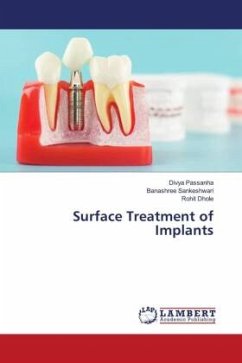
Broschiertes Buch
8. Januar 2025
Verlag Unser Wissen

Broschiertes Buch
2. Dezember 2024
LAP Lambert Academic Publishing
Broschiertes Buch
8. Januar 2025
Edições Nosso Conhecimento
Broschiertes Buch
8. Januar 2025
Ediciones Nuestro Conocimiento
Broschiertes Buch
8. Januar 2025
Wydawnictwo Nasza Wiedza
Broschiertes Buch
8. Januar 2025
Editions Notre Savoir
Broschiertes Buch
8. Januar 2025
Edizioni Sapienza
Ähnlichkeitssuche: Fact®Finder von OMIKRON
